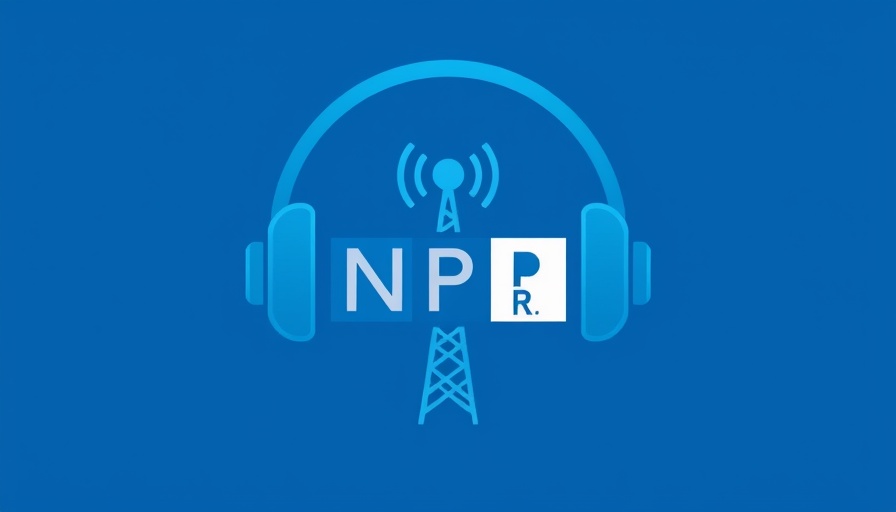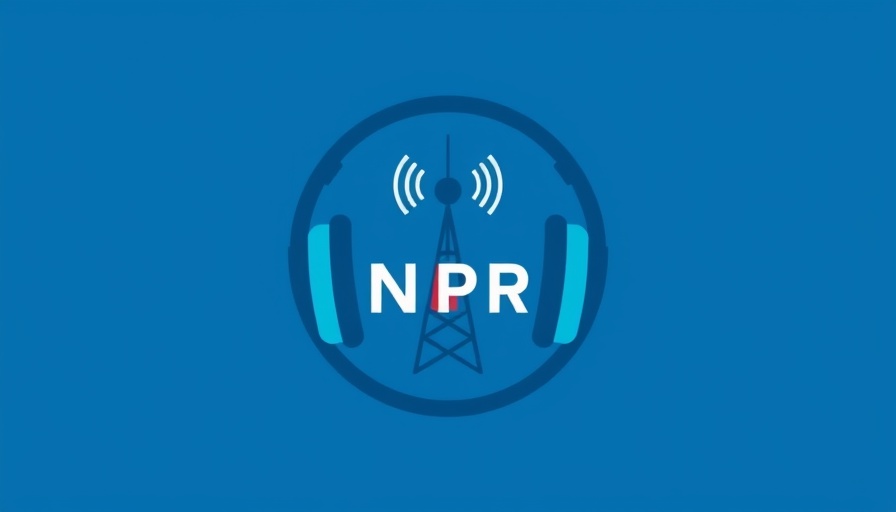
The Silent Disconnect: Aging Men and Their Social Lives
In a rapidly evolving world, the nature of human connection has transformed significantly, yet the struggles of aging men to forge social ties remain poignant. The societal expectation of self-reliance is engrained deeply in the American male identity. Amidst this backdrop, many men facing the challenges of aging experience an alarming sense of isolation. This article delves into the myriad of factors contributing to this disconnect and explores how communities can address these issues to foster meaningful connections.
The Roots of Self-Reliance
Historically, self-reliance has been touted as a virtue, especially among men. From the rugged individualism of the American frontier to the modern entrepreneurial spirit, these ideals often discourage seeking help. As men age, they may struggle to reconcile this trait with the increasing need for companionship and support. Shifting from a self-sufficient mindset to one that embraces vulnerability can be a daunting task.
The Health Implications of Isolation
Research has shown that social isolation can have dire consequences on physical and mental health. Aging men who lack social connections are more susceptible to various health issues – from depression to cognitive decline. According to studies, individuals with strong social ties tend to enjoy better health outcomes, showcasing the necessity of fostering community and companionship among aging demographics.
Common Myths About Aging Men and Vulnerability
One persistent misconception is that vulnerability is synonymous with weakness. On the contrary, acknowledging a need for connection can be a powerful step toward emotional resilience. Breaking down these stereotypes requires concerted efforts from communities, healthcare providers, and families to reshape narratives surrounding aging and empathy.
Emerging Trends in Social Engagement
As the understanding of mental health and well-being evolves, innovative solutions are emerging. Community programs tailored for aging men are gaining traction, promoting social interactions through shared activities and interests. Examples include men's groups, sports leagues, and hobby clubs that not only provide companionship but also encourage physical activity—an essential component of health as one ages.
The Role of Technology in Bridging Gaps
Modern technology presents a remarkable opportunity to enhance social connectivity. From social media platforms to video call services, aging men can maintain relationships with family and friends far away. Health tech innovations, such as apps for connecting users with similar interests, are paving the way for less isolation and more frequent social interactions.
Steps Communities Can Take to Foster Connections
Communities can take active roles in bridging the disconnect. Local organizations can offer workshops aimed at dismantling the stigma surrounding vulnerability and promoting emotional expression among men. Initiating conversations about mental health openly in community settings can help demystify these issues and encourage older men to seek help and forge connections.
Future Insights: A Collaborative Approach to Mental Health
Looking ahead, the conversation around men's mental health must broaden. Collaboration among health professionals, community leaders, and families is essential to create environments that normalize discussions about emotional wellness. As societies evolve, so too should our approaches to fostering social connections among aging populations.
Take Action: Your Role in Combatting Isolation
As a community member, you have the power to make a difference. Reach out to older men in your life—start a conversation, invite them to activities, or simply check in. Encouraging an environment of openness can initiate the healing process, ultimately leading to healthier, more connected lives.
Embracing social ties is vital not only for emotional well-being but also for the holistic health of aging men. By addressing the cultural narratives surrounding self-reliance and vulnerability, we can build a supportive framework that respects their needs while promoting communal ties that are essential for quality of life.
 Add Row
Add Row  Add
Add 




 Add Row
Add Row  Add
Add 

Write A Comment